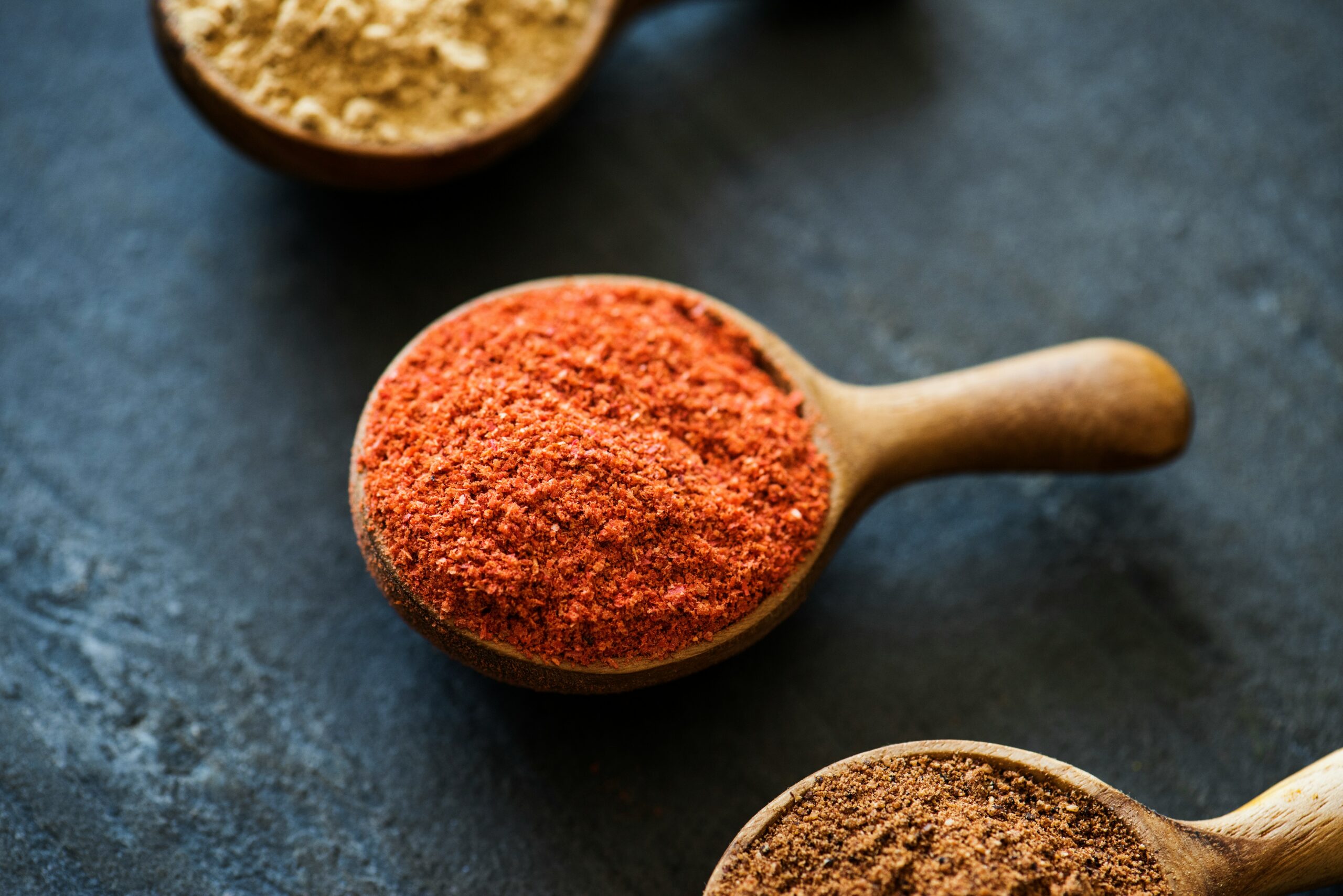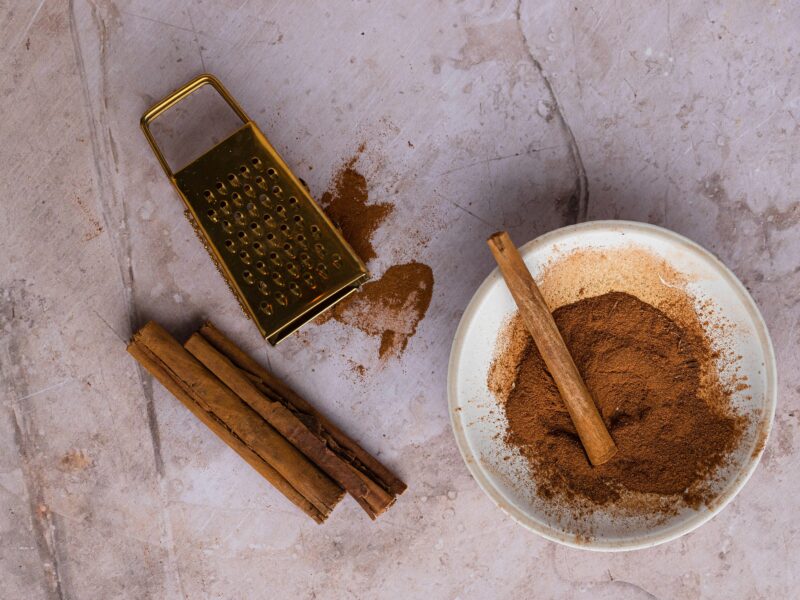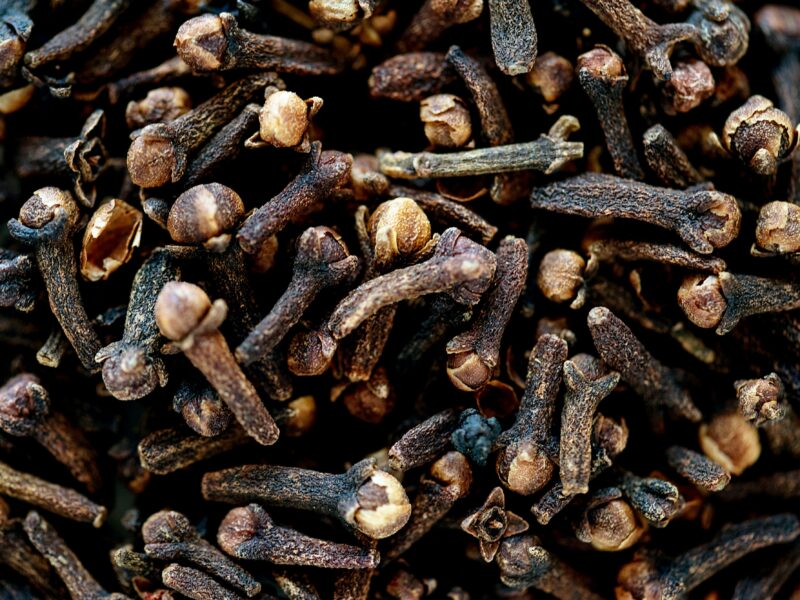Saffron is the world’s most valuable and sought-after spice, prized for its vibrant golden color and delicate floral aroma. Used for centuries in European, Middle Eastern, and South Asian cuisine, it brings an unmistakable depth to dishes ranging from paella and risotto to stews and sweets. But what makes saffron so special, and how can you use it to enhance your cooking?
Origin and cultivation of saffron
Saffron comes from the stigma of the Crocus sativus flower, a member of the Iridaceae family. It is believed to have originated in Greece or Persia, where it was historically valued for its culinary, dyeing, and perfumery applications. Today, the leading saffron producers include Iran, Spain, India, and Greece.
Cultivating saffron is labor-intensive, as each delicate purple crocus produces only three red stigmas. Harvesting must be done by hand at sunrise, before the fragile threads lose their essential oils. It takes thousands of flowers to produce a single ounce of saffron, making it one of the most expensive spices in the world.
What does saffron taste like?
Saffron has a delicate, floral flavor with earthy and honey-like undertones. It offers a subtle bitterness and warmth, adding complexity to both savory and sweet dishes.
Flavor nuances:
- Floral and slightly sweet
- Warm, earthy, and mildly bitter
- Deep golden-yellow coloring when infused
- Works well in rice dishes, desserts, and broths
Saffron substitutes – what can you use instead?
If you don’t have saffron on hand, consider these alternatives:
- Turmeric: Offers a similar golden color but lacks saffron’s floral aroma.
- Safflower: Mimics saffron’s hue but has a much milder taste.
- Annatto: Provides a deep yellow-orange color with a slightly peppery note.
- Paprika + a pinch of honey: A blend that recreates saffron’s mild sweetness and warmth.
Difference between Persian, Spanish, and Kashmiri saffron
Persian saffron, primarily produced in Iran, is the most widely used variety and is known for its deep red threads, strong floral aroma, and intense coloring power. It has a rich, earthy flavor with subtle honeyed notes, making it a top choice for both savory dishes like Persian stews and biryanis, as well as desserts and teas.
Spanish saffron, often labeled as Azafrán de La Mancha, has a milder aroma and slightly lighter red hue. It offers a delicate floral sweetness and is commonly used in paella, seafood dishes, and Mediterranean recipes.
Kashmiri saffron, grown in India’s Kashmir Valley, is rare and highly prized for its thick, dark red threads and bold fragrance. With a more potent flavor and deep coloring ability, it is often considered one of the finest varieties, enhancing luxurious rice dishes, curries, and traditional Indian sweets.
How to use saffron in cooking
Saffron is widely used in Mediterranean, Middle Eastern, and South Asian cuisine, where its rich aroma and color elevate dishes.
In savory dishes:
- Rice and grains: A key ingredient in paella, risotto, and biryani.
- Stews and soups: Enhances bouillabaisse, Persian stews, and Spanish seafood dishes.
- Sauces and marinades: Adds depth to butter sauces, tomato-based dishes, and spice blends.
In sweet dishes and beverages:
- Desserts: Used in Persian saffron ice cream, Spanish flan, and Indian sweets like kheer.
- Infusions: Common in saffron tea, warm milk drinks, and syrups for cocktails.
- Paella Valenciana: The iconic Spanish rice dish infused with saffron and seafood
- Risotto alla Milanese: A creamy Italian risotto flavored with saffron
- : A French seafood stew with saffron-infused broth
Cooking tips:
- ✔ Crush saffron threads and steep them in warm liquid before using.
- ✔ A small amount goes a long way—overuse can make dishes bitter.
- ✔ Keep saffron in an airtight container, stored away from light and moisture, to preserve its strength and flavor.
Where to buy saffron
Saffron is available in threads or ground powder at specialty spice shops and online. To ensure high quality, look for:
- Deep red threads with orange tips (pure saffron should not be entirely yellow).
- A strong floral and slightly hay-like aroma.
- Whole threads instead of ground powder (powdered saffron is more prone to adulteration).
Why saffron deserves a place in your kitchen
Saffron’s delicate floral taste and vibrant golden color make it one of the most distinctive and luxurious spices in the world. Whether infused into rice, blended into sauces, or incorporated into desserts, saffron adds depth, elegance, and warmth to cooking. Proper storage helps retain its freshness and rich aroma for long-term use.


